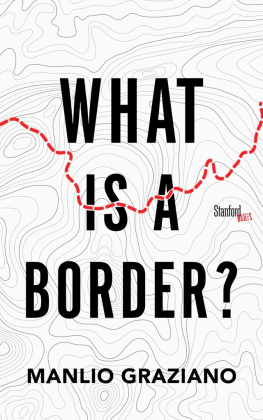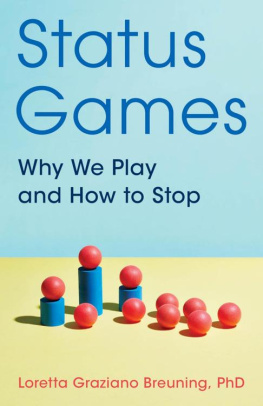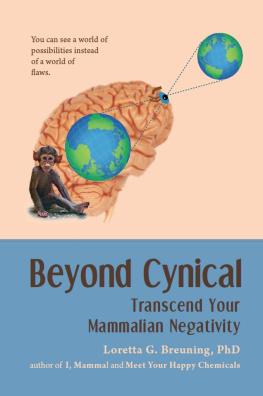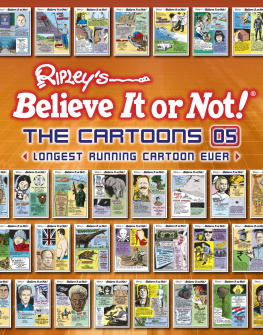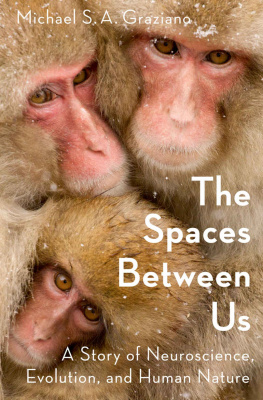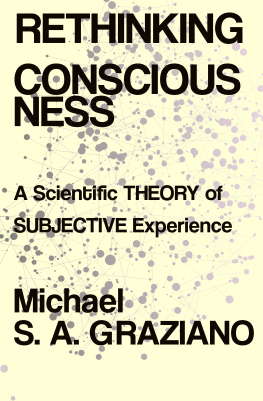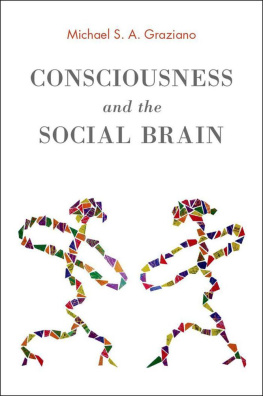Stanford University Press
Stanford, California
English translation 2018 by the Board of Trustees of the Leland Stanford Junior University.
All rights reserved.
What Is a Border? was originally published in Italian in 2017 under the title Frontiere 2017, Il Mulino. Translated into English by Marina Korobko.
Conclusion 2017 by the Board of Trustees of the Leland Stanford Junior University. Translated into English by Emily-Jane Cohen. All rights reserved.
No part of this book may be reproduced or transmitted in any form or by any means, electronic or mechanical, including photocopying and recording, or in any information storage or retrieval system without the prior written permission of Stanford University Press.
Printed in the United States of America on acid-free, archival-quality paper
Library of Congress Cataloging-in-Publication Data
Names: Graziano, Manlio, 1958 author.
Title: What is a border? / Manlio Graziano.
Other titles: Frontiere. English
Description: Stanford, California : Stanford Briefs, an imprint of Stanford University Press, 2018. | Originally published in Italian in 2017 under the title Frontiere. | Translated into English by Marina Korobko. | Includes bibliographical references.
Identifiers: LCCN 2017050480 (print) | LCCN 2017053019 (ebook) | ISBN 9781503606630 (electronic) | ISBN 9781503605398 (pbk. : alk. paper)
Subjects: LCSH: BoundariesHistory. | Boundary disputesHistory. | GeopoliticsHistory20th century. | GeopoliticsHistory21st century.
Classification: LCC JC323 (ebook) | LCC JC323 G469713 2018 (print) | DDC 320.1/2dc23
LC record available at https://lccn.loc.gov/2017050480
Typeset by Classic Typography in 10/13 Adobe Garamond
INTRODUCTION: THE RETURN OF BORDERS
A glass is used for drinking. But it can also serve as a pencil holder or a paperweight. You can use it for catching a fly, you can throw it at the head of someone who annoys you, or you can break it and slit your wrists with one of its fragments. Every object has a primary function and a number of secondary functions. Political objects are no exception. They too have many functions, but with this important difference: their primary and secondary functions are not necessarily stable; they can change or trade places according to interests, circumstances, and opportunities.
Borders are just one of many political objects: they are multidimensional and multifunctional in nature, and their political, legal, social, moral, and even psychological footprint changes in time and in space. Like other political objects, they are a tool for social interaction and the exercise of power, but in comparison to other political objects, they are intrinsically and ontologically ambivalent. They at once separate and bring individuals together; they divide territories where different legal, political, ideological, religious, sartorial, and dietary norms apply; and they also are the place where these various norms intersect and combine. They are, in short, zones in which conflict and contact alternate perpetually and, much more frequently, overlap.
Naturally, borders are not just political objects. They are real, but they can also be symbolic. They can define properties or spaces intended for a specific use, such as factories, offices, classrooms, smoking areas, or rooms in an apartment. Sometimes they serve to exclude (the fence of a construction site), sometimes to include (the door of a shop), and sometimes to do both at once (the walls of a prison, depending on whether you are on the inside or outside). But it is in their political and geopolitical guise that their intrinsic, ontological, and multifold character is expressed to the fullest extent.
To the question of whether borders remain today relevant, it is impossible to answer with a simple yes or no. In some parts of the world, they are definitely more topical than in others. Some borders are virtually ignored, while others are the subject of sharp-eyed surveillance; still others are outfitted with new and higher walls, new and deeper ditches, and new and sharper barbed wire. Some are drawn from scratch. While until recently, the general trend was that they were dwindling and being absorbed into larger regional units, we are now seeing a reversal of this trend. Borders are being reevaluated; they are increasing in number and function, and they are even being reintroduced in areas where they had been virtually abolished. That said, the fact that they have once again become topical does not mean that they correspond to what we currently need.
To consider borders from a dynamic point of view means first of all to consider them as a product of history. Borders have been a part of only the most recent and tiniest fraction of the long existence of Homo sapiens, and even during this short span of time, they have taken very different forms. They are coeval with the emergence of agriculture, writing, religion, and property, and they have changed in accordance with the political and social development of the human race. Their current form is even more recent: they were born just three and a half centuries ago, at the Peace of Westphalia, along with the principle of sovereignty. But even in the late nineteenth century, borders were more often mere lines drawn on maps than real barriers erected on the ground. They were a profound aspiration of nation-states, which at the height of their glory carved constitutions in stone proclaiming them sacred and inviolable. In these same years, however, they started to erode slowly but inexorably, the result of the first wave of globalization (18701913) and the emergence of international law, a slow-release poison inoculated into the veins of the sovereignty principle. This erosion was sharply accelerated by the second wave of globalization, which began in the late 1970s and has led to the crisis of the political form of the nation-state and its institutions, including borders.
To consider borders from a dynamic point of view also means that they should be regarded as a means, not an end. Like any other political tool, they may have one meaning at one time and a different or even opposite meaning the next, depending on circumstances and interests. This is even the case when they disappear: the collapse of the Berlin Wall was hailed by a unanimous (and partly hypocritical) chorus of enthusiasts praising the beginning of the end of all walls and barriers separating individuals and peoples; yet eight months later, when Saddam Hussein boasted of having himself torn down a wallthe one that the British had invented between Iraq and Kuwaita coalition of thirty-nine countries retorted with a firestorm unleashed under the aegis of the United States. Today, Russia, which has annexed the Crimea and has invented borders at will in Georgia, Moldova, Azerbaijan, and Ukraine, provokes indignation in one part of the world; Israel, which has annexed Jerusalem and the Golan and has doubled the length of the 1949 Armistice Line with its security fence, provokes indignation in another. And this will be the case until the next swapping of roles and indignation.
Finally, to consider borders from a dynamic point of view means always to keep in mind that they are an institution of the state and do not have a life independent of the political life of the countries of which they are the outer bark. According to a widespread legalistic prejudice, it is institutions that make the state: whenever you have a constitution, a set of codes, an army, a parliament, a government, and a border, you have a state. In reality, the process of state creation happens in the opposite order. It begins with a struggle of various interests to define a common so-called national interest, around which various institutions are then built. Today, many countries in the world have the outward appearance of a state but are not states, or, rather, they are imperfect states, because individual interests in them prevail, permanently or occasionally, over the national interest, and their institutionslegal codes, military, parliament, government, and bordersare tools for internal struggles between factions and, at times, between individuals. Invariability of lines drawn on a map is not a sign of stability. The borders between African countries have lasted longer than those between European countries, yet Africa is the most politically unstable continent in the world.

